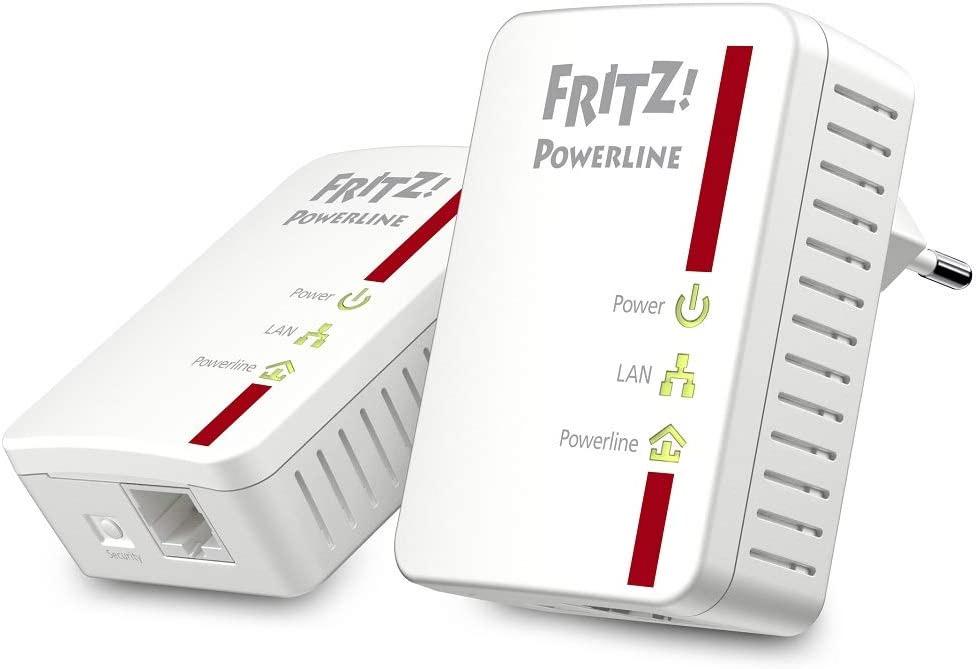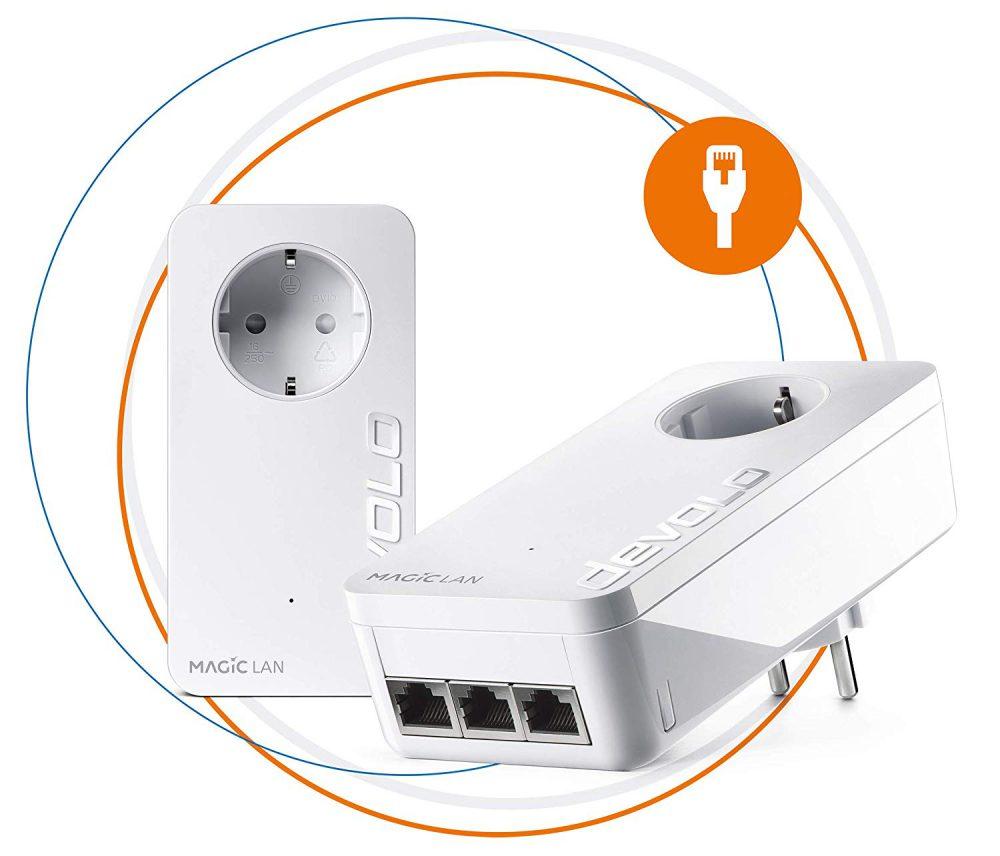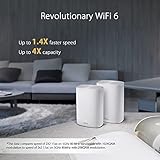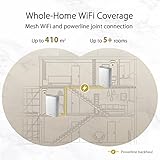PLC devices are widely used by home users to bring the Internet connection anywhere in the house, whether we are going to connect a computer via cable or a device via WiFi such as smartphones, tablets, a TV and even our laptop. . Currently there are many models of PLC devices, some with WiFi and others without WiFi, some faster and others slower, etc. Today at RedesZone we are going to explain what features you should look at before buying a PLC device to improve your Internet connection.
What should I look for in a PLC
When you are going to buy a PLC device, you should pay close attention to what characteristics it has, and how one or the other affects us. Next, we explain a total of five aspects that you must take into account before buying a PLC.
Maximum speed on the electrical network
This is one of the most important parts of PLC devices. The greater theoretical speed in the electrical network we have, the greater effective speed we will have when we carry out an Internet speed test or when we are going to transfer data through the local network. Today there are models that are HomePlug AV2 class AV1000 (up to 1,000Mbps synchronization via mains), AV1300 (up to 1,300Mbps synchronization via mains) and even AV2000 (up to 2,000Mbps synchronization via mains). through the electrical network). The manufacturer devolo uses G.hn technology in its latest PLCs, which allow us to transfer data at a theoretical speed of up to 2,400Mbps, so if you need to have the best performance on the electrical network, it is clear that this class of PLCs are the best.
The AV1000 and AV1300 models are ideal for Internet speeds of approximately 300Mbps symmetrical, because the effective speed is between 40-50% of the aforementioned theoretical speed. If you have an internet speed of 600Mbps or higher, then you will need to buy PLCs that use AV2000 class HomePlug AV2 or devolo PLCs with G.hn technology which gives us similar performance.
Logically, the AV2000 models or those with G.hn are clearly more expensive than the typical AV1000 or AV1300, which are of the medium-high range, but this is the speed that you will achieve, taking into account our experience when analyzing PLC devices.

Built-in plug in PLC
PLCs are very sensitive to devices connected near the plug where we are going to connect them. A very bad practice is to connect a PLC to a power strip next to the computer, monitor and other devices that we have. For this reason, it is always recommended to avoid having cuts in the PLC connection that we connect them directly to the wall, losing a plug for this.
There are PLC devices with an electrical socket on the equipment itself, with the aim of connecting the power strip here, but having the PLC device connected directly to the wall. This allows us not to lose a plug that we might need to connect the rest of the devices. However, our recommendation is that you do not connect equipment that consumes too much energy here, because it could affect the PLC network itself.
Fast-Ethernet or Gigabit Ethernet ports
Low-end PLCs have Fast-Ethernet ports (at 100Mbps) to connect the different devices to them. Previously we have recommended you to buy AV1000 or higher models, so most HomePlug AV2 PLCs in this class have Gigabit Ethernet ports (at 1000Mbps), so you should not have bottleneck problems due to the wired network. Our recommendation is that you pay close attention to the type of ports that PLCs have, it is generally stated in the technical specifications of the equipment and it is listed as 10/100 (Fast-Ethernet) or 10/100/1000 (Gigabit) ports.
Another aspect that you must assess is if you need it to have only one port or several, if we have several ports we have the possibility of connecting more than one device via cable, so it could be very interesting to connect our Smart TV and console simultaneously. It is something that you should also value.

With Wi-Fi or without Wi-Fi
The PLCs have the possibility of incorporating a Wi-Fi access point in the extension PLC. PLCs are generally sold in pairs of two devices, the main one that is connected via cable to the router or switch of the local network, and the additional PLC to carry the connection to the Internet and the local network via the electrical network. This additional PLC is the one that may or may not incorporate a WiFi access point. PLCs with Wi-Fi are clearly more expensive than those that are not, but if you are going to use wireless connectivity and have problems with the Wi-Fi coverage of your router, it is logical to buy a model that incorporates Wi-Fi.
If you are going to buy a PLC without WiFi, just make sure that it does not have an access point to avoid security problems, because it will come with the default configuration. If you are going to buy a PLC with WiFi, make sure of the following:
- Have simultaneous dual band with Wi-Fi 5.
- If your budget allows it, buy models with the new Wi-Fi 6.
The cheapest ones are only compatible with Wi-Fi 4, that is, they work only in the 2.4GHz band, so you should keep in mind that you will not have a high Internet speed in this case.
Does it support Wi-Fi Mesh?
In recent times, PLC devices that incorporate WiFi Mesh are appearing, this means that, if we buy a kit of three PLCs (one main without WiFi and two extensions with WiFi), we will have WiFi roaming to go from one PLC to another without interruption in the wireless connection. In addition, we will also have Smart Connect with Band-steering, this means that we can have a single WiFi network (SSID) that is shared in the two WiFi frequency bands and the system will automatically assign us to the best available frequency band.
As you have seen, by paying attention to these aspects we can get it right with the purchase of a PLC device. Throughout the article we have included purchase links to recommended equipment that we have tested in RedesZone.
























































